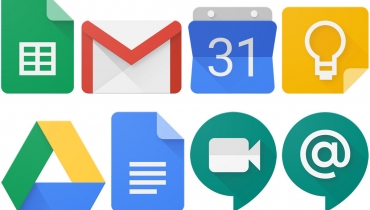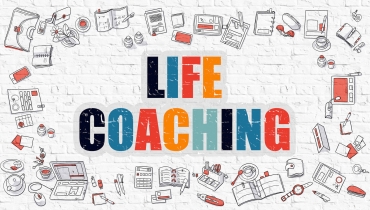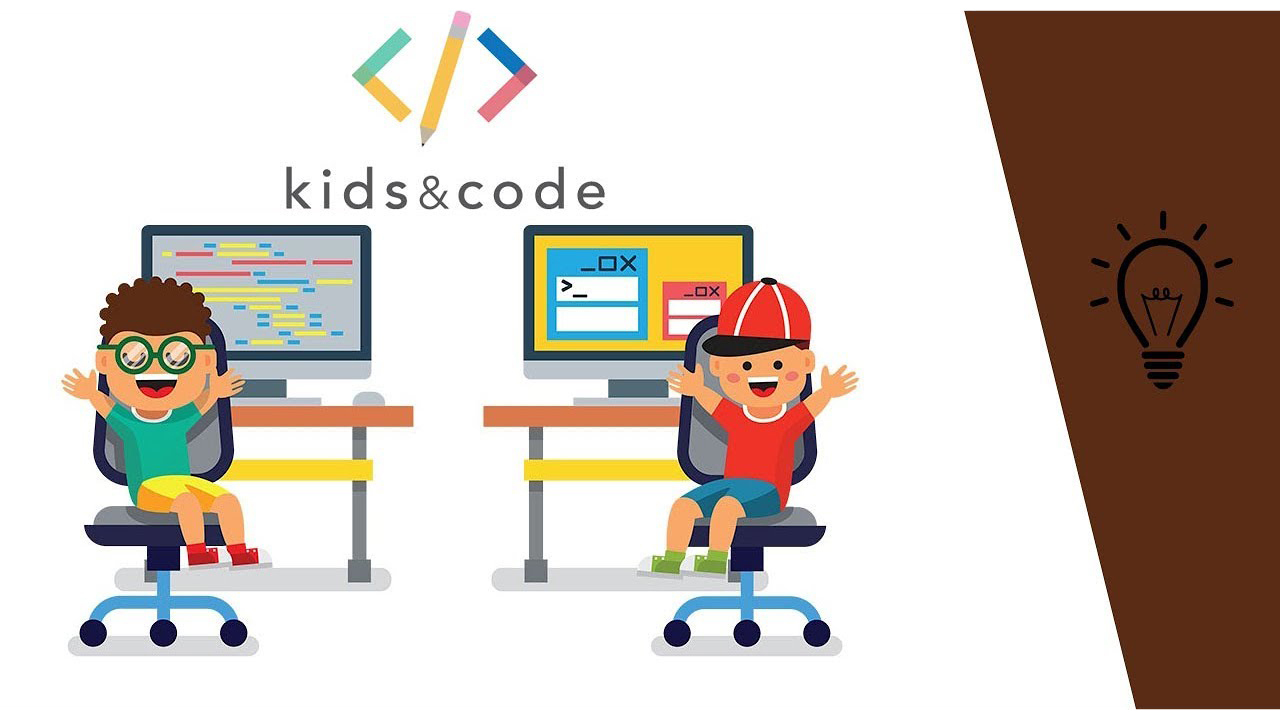ABOUT THIS COURSE
On the most basic level, coding is how we communicate with computers, and what we use to build and run websites, apps, video games, and more. Learning to code is like learning how to speak and write in a particular language; a computer’s language.
Programmers use one or more computer programming languages to accomplish this. For example, programmers working at Google might use C++, Java, JavaScript, or Python. Video game programmers at Nintendo might use C++, Java, C#, JavaScript, or SQL.
Some coding languages even take the form of visual blocks such as Blockly or BluePrints in the Unreal Engine.
There are many languages in the world today, but the same concepts and conventions are shared by nearly all of them.
Visual Block Platforms
- As you can see from the image above, visual block platforms allow kids to place and snap together virtual code blocks and create games, apps, and more.
- These can reduce the frustrations of hunting and pecking for keys on a keyboard which is nice for younger learners.
- Many view drag and drop, visual block programming courses as the tricycles of coding. They are designed to be fun and easy but are also designed to be tools that you outgrow.
Text-based Coding
- Text-based coding programs generally use real programming languages either within a closed platform or real text editors.
- Programs such as CodaKid use real programming languages and professional text editors and tools.
- But the courses are taught in such a way that students as young as age 8 can follow along and have a fun time learning. The advantage of this approach is that students gain creating real software. Courses such as CodaKid also provide online mentoring support from real teachers and even screen share sessions if your students encounter bugs or other difficulties..





